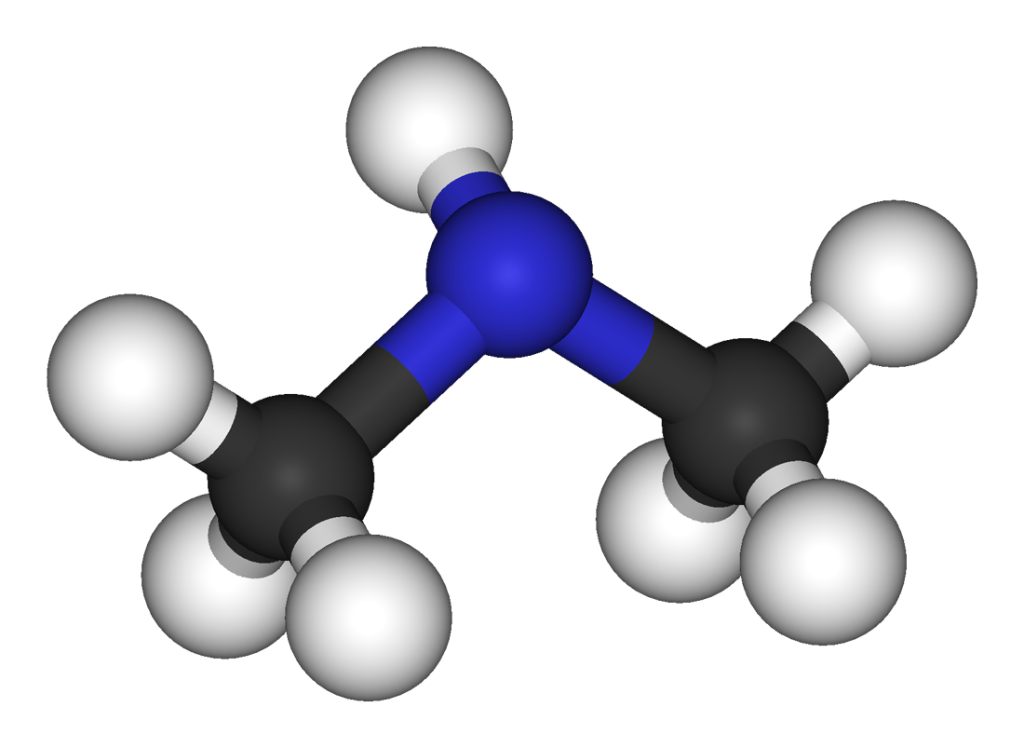Dimethylamine, an organic secondary amine, is an intriguing compound with diverse applications and potential hazards. Its colorless, liquefied form and fishy odor belies its potent chemical properties and potential health risks. Despite its hazardous nature, Dimethylamine finds widespread use in various industries and serves as a key precursor to numerous essential compounds.
Industrial Applications of Dimethylamine
Dimethylamine’s unique properties make it a valuable component in various industrial applications:
- Cosmetics: Dimethylamine is used in the production of some cosmetics, such as shampoos and lotions, acting as a solvent and emulsifier.
- Agricultural Chemicals: Dimethylamine serves as a precursor in the synthesis of various agricultural chemicals, including triazines and dimethyl hydrazine, which are used as herbicides and rocket propellants, respectively.
- Dehairing Agent: Dimethylamine’s ability to dissolve proteins makes it an effective dehairing agent in the tanning industry, facilitating the removal of hair from animal hides.
- Dyes and Soaps: Dimethylamine is used in the production of some dyes and soaps, contributing to their desired properties.
- Cleaning Substances: Dimethylamine’s ability to dissolve and emulsify various substances makes it useful in some cleaning solutions.
- Precursor to Other Compounds: Dimethylamine serves as a key precursor to numerous other compounds, such as dimethyl sulfate, a methylation agent used in various chemical reactions.
Health Risks of Dimethylamine Exposure
While Dimethylamine offers valuable industrial applications, it poses potential health risks upon exposure:
- Inhalation: Inhaling Dimethylamine can lead to respiratory tract irritation, characterized by coughing, sneezing, and difficulty breathing. Prolonged exposure can cause pulmonary edema, a serious condition involving fluid accumulation in the lungs.
- Skin and Eye Irritation: Dimethylamine is a strong irritant, causing severe burns to the skin and eyes upon contact. Direct exposure can lead to redness, pain, and tissue damage.
- Flammability: Dimethylamine is highly flammable and can ignite easily. Exposure to open flames or sparks poses a fire and explosion hazard.
Regulations and Safety Measures
Due to its hazardous nature, Dimethylamine is subject to strict regulations and safety measures:
- Exposure Limits:Occupational Safety and Health Administration (OSHA) and National Institute for Occupational Safety and Health (NIOSH) have established permissible exposure limits (PELs) for Dimethylamine to protect workers.
- Engineering Controls: Engineering controls, such as ventilation systems and fume hoods, are crucial to minimize worker exposure to Dimethylamine vapors.
- Personal Protective Equipment (PPE): Workers handling Dimethylamine must wear appropriate PPE, including gloves, goggles, and respiratory protection, to prevent direct contact and inhalation.
- Emergency Procedures: Emergency response plans and procedures should be in place to address potential Dimethylamine leaks or spills.
All of those units can be found here: https://www.gas-sensing.com/information/dimethylamine
Conclusion
Dimethylamine, despite its hazardous nature, plays a significant role in various industries and serves as a valuable precursor to numerous essential compounds. Its ability to dissolve proteins, emulsify substances, and act as a solvent makes it a versatile component in various applications. However, its toxicity and flammability necessitate strict adherence to safety protocols and regulations to protect workers and the environment from potential harm. By carefully managing its use and implementing appropriate safety measures, the benefits of Dimethylamine can be harnessed while minimizing its associated risks.

